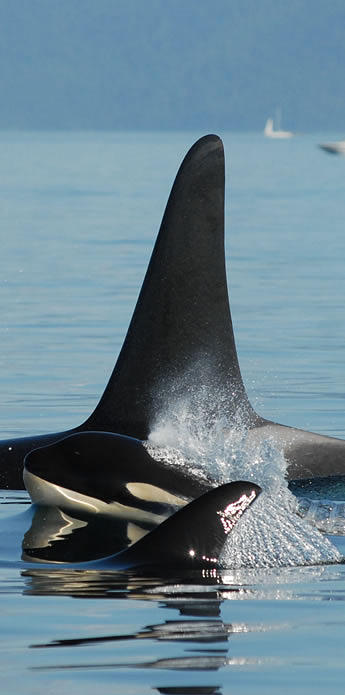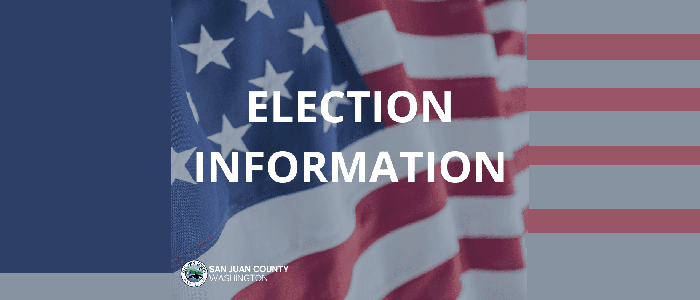by Lin McNulty
Every year on December 31 and on July 1, the Center for Whale Research in Friday Harbor conducts a count of individual orca whales in our local population. This information, gathered from sightings in Haro Straight on the west side of San Juan Island, is then relayed to NOAA. The count this year on July 1 was only 82 individuals—a ten-year low.
This is being attributed to the low numbers of salmon which provide the food source for orcas.
The Southern Resident Killer Whales (SRKW) are frequently seen, from spring through fall, in the protected inshore waters of the Salish Sea.
Although they would like to see the local orca count at 100, Erin Heydenreich, Senior Staffer at the Center Whale Research reports the highest count was 98 in 1995.
The count at the end of 2012 of the SRKW population totaled 84 individuals (J Pod=26, K Pod=19, L Pod=37). The Southern Resident Killer Whales (SRKW) are a large extended family, or clan, comprised of these three pods.
All local whales, however, have been spotted at various times in the last year—with the exception of two whales from L Pod. One of those females was spotted in March and was emaciated. Because her family has recently been spotted without her, she is now considered missing.
Beau Brandow of Outer Island Expeditions cites an additional reason for this reduction in population count—the lack of rain, which reduces the numbers of King/Chinook salmon upon which the orcas feed. “The orca whales are still out there, just further northwest,” he says. “They are hanging out near the West side of Vancouver Island—where the food is.”
Brandow does say, however, that there are increased numbers of humpbacks and minke whales in our local waters. In contrast to the salmon diet of the orcas, the main source of nutrition for humpbacks and minkes is herring—which is plentiful right now.
Monika Wieland, local whale watchdog, states in her Orca Watcher blog: “If you talk to a local salmon fisherman, they’ll probably tell you the fishing has been great so far this year. The salmon are abundant right now, it’s true —but they’re pink salmon, the smallest of the local salmonid species. The residents probably preferentially feed on Chinook because they get the most bang for their buck: Chinook are the largest, fattiest salmon species.”
But NOAA spokesman Brian Gorman also adds, “Water quality in Puget Sound isn’t the best. There’s lots of boat traffic, especially in the summer. Their food—Chinook salmon—are limited. And that’s just in Puget Sound. We have no idea what goes on in the ocean where they spend most of their time.”
A recovery plan issued in 2008 suggests actions to address threats from pollution, vessel traffic and noise and a limited food supply, NOAA said in a news release.
Just because we don’t see them doesn’t mean they aren’t out there somewhere, doing their best to find a decent meal.
**If you are reading theOrcasonian for free, thank your fellow islanders. If you would like to support theOrcasonian CLICK HERE to set your modestly-priced, voluntary subscription. Otherwise, no worries; we’re happy to share with you.**








